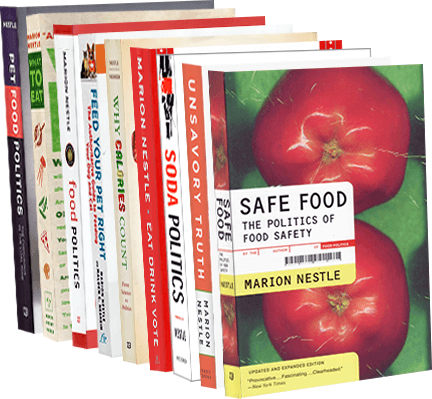Natural Color in Farmed Fish?
Another question today: “I BUY FARM RAISED SALMON FROM SUPERMARKET IT IS FROM ASIA. DOESN’T SAY COLOR ADDED. I SEE ATLANTIC FISH SO CALLED, NATURAL COLOR ADDED. WHY WOULD THEY SAY THAT IF IT IS NATURAL?? DO YOU HAVE AN ANSWER FOR THAT ONE.. THANKS.
LOVE YOUR ARTICLES. AL.”
Weird, no? I discuss this problem in the Fish Quandaries chapter of What to Eat in the section called Label Quandary #3: Artificial Color. The bottom line: all farmed salmon is colored pink because otherwise it would be an unappetizing gray and nobody would buy it. The color, which is fed to fish in the food pellets, usually is a synthetic version of the natural pigment (which originates from krill) but is sometimes isolated from yeast. Is either “natural?” This could be argued either way but the real point is that the FDA has not produced a regulatory definition for “Natural.” It should, if for no other reason than to end the confusion. Food companies want everything to appear “natural” because they know it sells. The fish section is the wild west of the supermarket. Caveat emptor!

